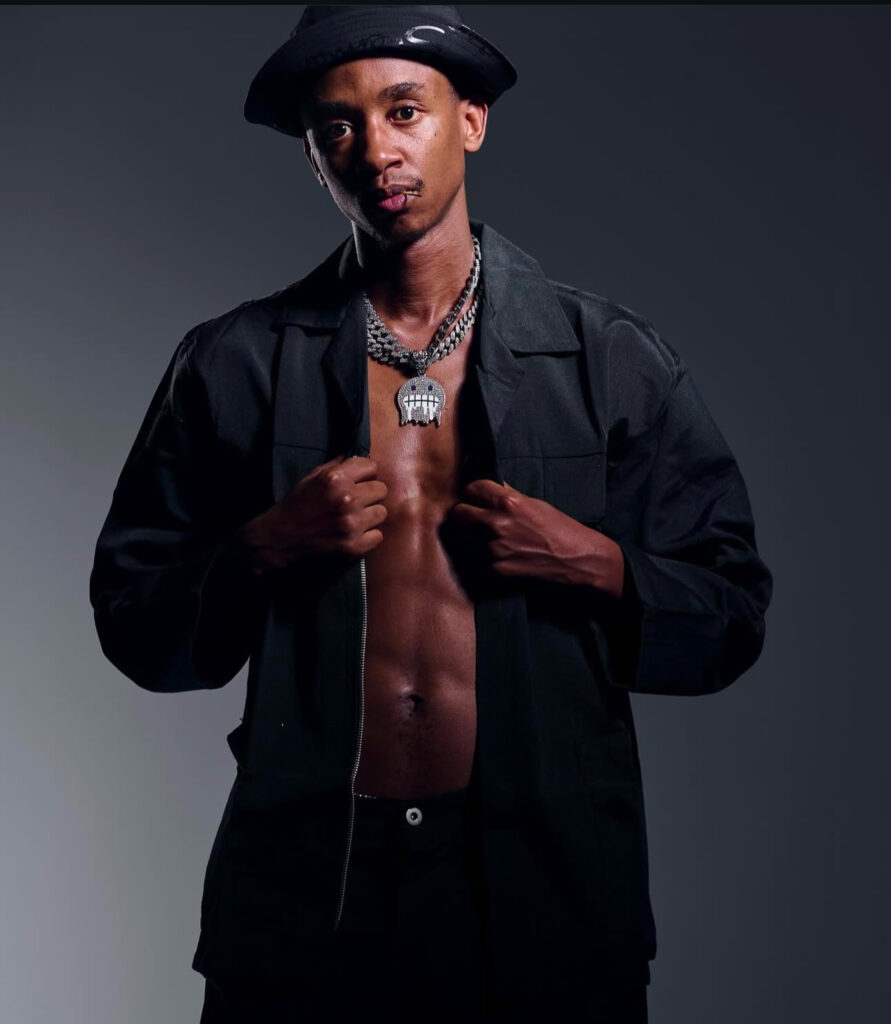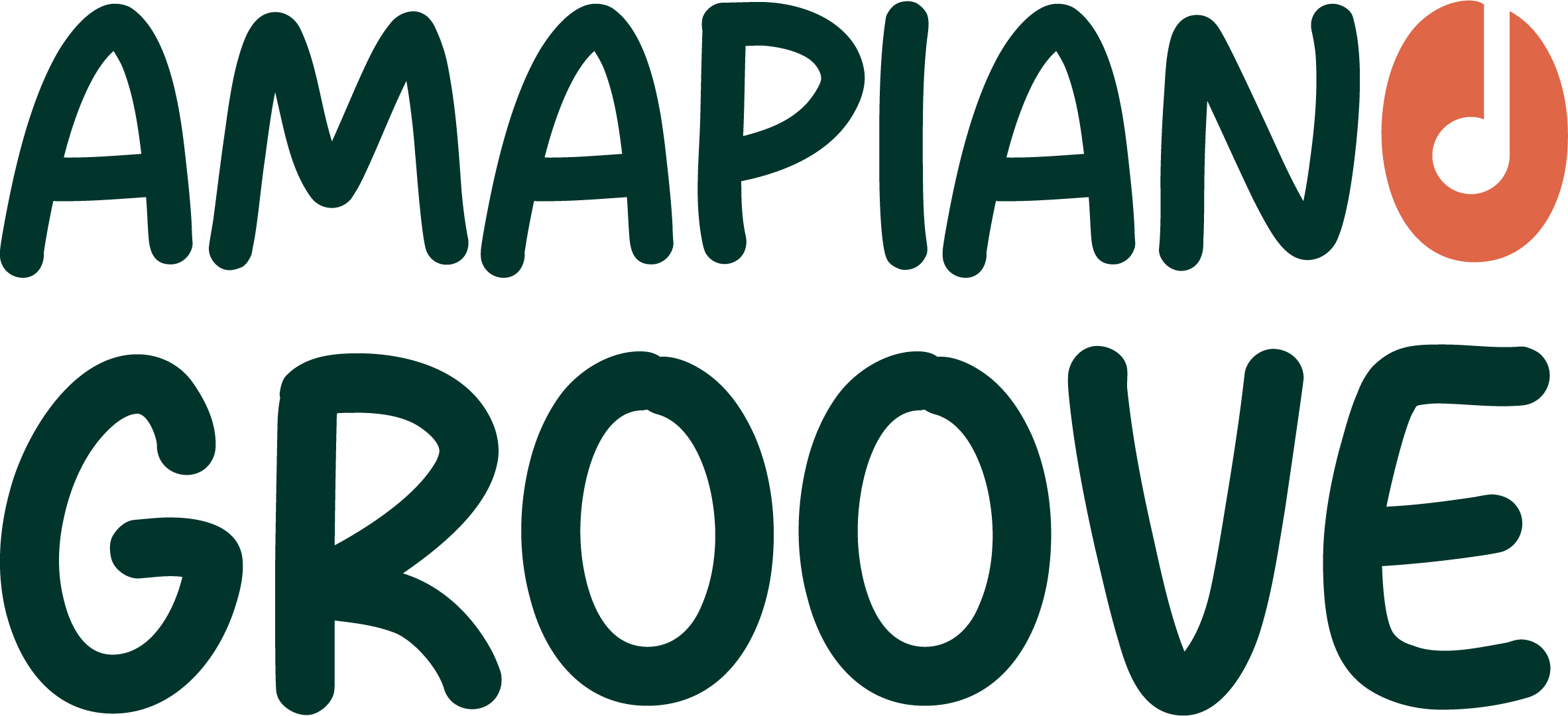
South Africa’s globally revered music landscape has seen its fair share of revolutionary genres—kwaito, gqom, and now, amapiano.
In recent years, Amapiano has surged beyond South Africa to become an international force, dominating dance floors everywhere from London to Dar Es Salam.
At the heart of this new wave are restless pioneers whose tracks, dance challenges, and stage performances are fueling the genre’s unstoppable growth.
And in 2024, one name in particular has emerged from the buzzing Johannesburg scene with a singular talent and an unmatched energy: Scotts Maphuma.
Early Life
Hailing from the township hustle and fast-paced city life that defines Gauteng, 23-year-old Maphuma (born Mpho Lebajoa) has rapidly caught the attention of music lovers and media heavyweights alike, drawing comparisons to established stars such as Kabza De Small and DJ Maphorisa.
It’s a bold alignment in a highly competitive space, but if you’ve ever seen him perform live—or just scrolled through your TikTok feed recently—there’s no denying that something about Maphuma stands out.
You can’t quite put your finger on it until you watch him groove across the stage, hips swaying to the irresistible beat of his own creation.
Then you realize: This is one of those rare performers whose star quality lights up a room before the music even starts.
Early Rhythms and First Sparks
Unlike some artists whose first big breaks come via neatly packaged talent contests or record label signings, Maphuma’s story is refreshingly grassroots. Raised in a music-loving household, he was surrounded by a sonic music catalouge woven from older sounds like kwaito, gospel, and Afro-house.
His mother, a devout churchgoer, would bring him along to choir rehearsals, while his older cousins blasted everything from mid-2000s hip-hop to Mandoza’s kwaito hits on the weekend. This eclectic aural environment sowed the seeds of experimentation early on.
“I remember being around 9 or 10, watching my cousins dance,” he recalled in one of his Instagram Live sessions. “They’d be mixing that kwaito bounce with these big, heavy house beats, and I’d just try to keep up.”
Those fleeting moments of improvised choreographies planted the first seeds for Maphuma’s fluid dance style—a style that would later translate so powerfully into the viral dance challenges he’s known for today.
Still, it wasn’t until his late teens that he started producing beats and laying down rudimentary vocals in a friend’s makeshift studio.
At first, he lacked the resources to go big—no real marketing plan, no formal production background—but what he did have was an unwavering sense of rhythm, a flair for showmanship, and an ear for hooks that refused to let you go.
When he set out to experiment with fusing the percussive core of amapiano with the gritty textures of kwaito, he struck gold, forging a sound that felt both nostalgic and undeniably modern.
Breakthrough Tracks: “Yebo Lapho” and “Wishi Wishi”
A lot of emerging artists in amapiano come and go with ephemeral tracks that generate momentary hype. Maphuma, however, has managed to sustain a buzz that keeps building.
Two crucial songs have thus far proven integral to his upward trajectory: “Yebo Lapho”, “Wishi Wishi and most recently, Eglasini which has Sha Sha and last december’s hit, Biri Marung.”
“Yebo Lapho” is a perfect introduction for anyone discovering Maphuma’s catalog. Its signature log drum pulses with a lively momentum that underpins his vocal ad-libs—familiar to fans of amapiano but uniquely reimagined under his direction. The track clocks in at just under four minutes, yet it travels through multiple sonic landscapes, shifting from simmering polyrhythms to the high-gear euphoria that sets dance floors ablaze.
When “Yebo Lapho” starts, it feels impossible not to tap your foot or sway your shoulders. Even if you’ve never heard it before, it feels like an anthem the second the beat drops.
On the other hand, “Wishi Wishi” sees Maphuma teaming up with the illustrious Kabza De Small, widely hailed as the “King of Amapiano.”
Here, Maphuma steps confidently into the ring with one of South Africa’s most revered producers—and he holds his own. Balancing the soulful, atmospheric textures Kabza is known for with Maphuma’s captivating vocal lines, “Wishi Wishi” quickly became a party staple. The interplay between Maphuma’s bright melodic hooks and Kabza’s meticulous layering instantly reveals why this track soared on charts and social media alike.
Part of what makes both songs so infectious is Maphuma’s precise sense of timing. Whether singing or speaking, he has a knack for weaving in ear-catching catchphrases—like his now-iconic “bathini bona?” (“What did they say?”)—at just the right moments.
The moment Maphuma utters that question in the middle of a track, you can practically hear fans replying in unison.
Catchphrase Meets Internet Craze
In today’s music landscape, a memorable catchphrase or signature line can spur an artist’s rise. Look at the global impact of expressions like “Yebo Gogo” during the kwaito heyday or the famous “Ayeye!” exclamation that has traveled through several dance subcultures. For Scotts Maphuma, “bathini bona?” and “Ai Ai Ai” has become more than a mere part of his repertoire—it’s an anthem.
Audiences echo it back to him at live shows with such fervor that entire sets often pause to let the crowd fully commit to the call-and-response.
On TikTok, hashtags referencing “bathini bona?” have garnered millions of views, featuring everything from comedic sketches to choreographed routines. It’s that intangible, intangible quality—some might call it star power—that transforms a lyricist into a cultural figure. And Maphuma has it in spades.
Speaking at a recent press run, Maphuma appeared humbled by the phrase’s popularity. “You work on a track, you insert little jokes or lines that come naturally to you, but you never really know what’s going to connect,” he explained. “It’s wild to see how quickly people took that and made it their own.”

Viral Dance Challenges: “It’s All in the Hips”
Equally crucial to Maphuma’s meteoric rise are the dance challenges swirling around his name. Amapiano as a genre thrives on a highly kinetic ecosystem: Fans aren’t just content to listen; they need to move. And Maphuma offers up the perfect formula—a mixture of fluid, hip-driven moves that look deceptively simple yet require real finesse to pull off gracefully.
If you’ve been on TikTok at any point over the last month, you’ve probably glimpsed Maphuma’s signature routine, typically tagged with #ScottsMaphumaDanceChallenge. The camera often pans from someone’s face down to their feet, capturing that moment when the hips begin to sway and the arms move in harmony. Like all viral dances, it’s not about stiff, rigid steps but rather the vibe—the moment you lose yourself in the beat and let it move you. That sense of surrender to the music has made the challenge a global phenomenon, with international fans even attempting the routine in far-flung corners of the world.
“I love that it’s not just about the steps, but the story behind them,” says one fan in a viral TikTok compilation. “He’s taking kwaito influences, fusing them with amapiano’s log drum, and giving us moves that honor our heritage while still looking fresh in a club.” It’s a sentiment that resonates with many of Maphuma’s supporters, who see him as more than just a trending act. Rather, they view him as a conduit, seamlessly bridging old and new, local and global, tradition and innovation—all on the dance floor.
PIATO (A Different Chapter): Solidifying a Vision
While singles can rocket an artist to stardom, EPs and albums have the potential to cement their reputation. In December, Maphuma released his much-anticipated EP, “PIATO (A Different Chapter),” an eight-track sonic journey that merges the sultry warmth of kwaito with the crisp bounce of amapiano.
Crucially, it arrives at a moment when many artists might be content to coast on viral success alone. But Maphuma had something more substantial in mind.
He’s described “PIATO (A Different Chapter)” as both a personal statement and a gift to his fans. Clocking in at just over half an hour, the EP flows with an organic cohesion that’s sometimes missing from quickly assembled dance releases. From the first track’s subtle chord progressions to the final tune’s layered percussion, there’s a clear throughline of craftsmanship. The entire project glows with high-energy party vibes, but it also showcases Maphuma’s capacity for artistry beyond the dance floor.
In interviews promoting the EP, Maphuma acknowledged it was time to show a broader range. “I didn’t want to be one-dimensional,” he said. “I’ve put so much love into my live shows and dance challenges, but I also wanted people to know I could build a body of work, not just chase that next single.” The opening track leans heavily on kwaito influences, conjuring up the spirit of veterans like Mdu or Zola, while subsequent cuts plunge headlong into the futuristic realm of bass-heavy amapiano.
The effect is mesmerizing—an immersive experience tailor-made for holiday celebrations, late-night drives, or epic club nights that stretch into dawn.
A Live Show to Remember
If there’s anywhere Maphuma truly feels at home, it’s on stage. Whether he’s headlining a local block party or performing at a major festival, he brings an almost theatrical fervor to every moment. Decked out in his signature streetwear—a style that blends baggy pants, bold prints, and easy-to-move-in sneakers—he roams the stage with the swagger of someone who is both laid-back and absolutely in command of his craft.
One of his most talked-about sets this year took place at a multi-artist festival in Pretoria, where Maphuma shared the roster with some of amapiano’s biggest names. As the clock edged closer to midnight, anticipation built among the crowd, many of whom brandished signs reading “bathini bona?” or wore T-shirts emblazoned with his face. The stage lights dimmed, a low hum of layered percussion cut through the air, and then Maphuma’s voice materialized over the sound system. When he finally emerged, smoke swirling around him in dramatic fashion, the crowd erupted in a deafening roar.
That night, he opened with a high-octane medley featuring “Yebo Lapho,” setting the tone for a performance that included backing vocalists, a four-piece band, and a cadre of dancers who punctuated every beat with coordinated moves. By the time he arrived at “Wishi Wishi,” the audience needed no coaxing to dance. Cell phones thrust into the air, capturing every moment for social media. Maphuma punctuated each track with quips, encouraging the crowd, at one point literally leaping off the stage to join them in a circle. It was part musical performance, part street carnival, and everyone in attendance knew they were witnessing something special.
Charting the Path Ahead
As the year comes to a close, Maphuma’s schedule is jam-packed with bookings across South Africa’s most prominent live music venues. His social media timelines read like a travel brochure for the ultimate summer road trip, featuring festival lineups in Durban, Cape Town’s coastal clubs, and big city events in Johannesburg. Fans can hardly keep track of where he’s popping up next, but that sense of unpredictability only adds to his allure.
Industry insiders suggest that a full-length album might be in the works for 2025, and rumor has it that Maphuma is exploring collaborations beyond amapiano—potentially eyeing artists from the afro-soul, house, or even hip-hop arenas. “He’s got that universal appeal,” notes one local radio DJ who’s championed Maphuma’s music since early 2023. “I’d be shocked if we didn’t see him working with folks in Nigeria or Kenya soon. The rest of Africa is definitely paying attention.”
Beyond the Music
Maphuma’s ambitions extend beyond racking up streams and social media virality. In various interviews and posts, he’s expressed a desire to invest in his hometown, supporting aspiring artists who lack the resources to break into the mainstream. He’s hinted at plans to open a small creative hub or studio space, offering training and community programs for youth looking to sharpen their production or dance skills. “I know what it’s like to start from zero,” he said during a community outreach event. “If I can help the next kid with talent, so they don’t have to hustle as hard as I did, then I’m doing my part.”
That philanthropic angle is integral to Maphuma’s brand. Even in the midst of all the celebratory madness, he’s consistently circled back to a message of unity and upliftment—a quality not lost on the fans who champion his music. It also speaks to a broader wave within the amapiano community, which has long aimed to spotlight local culture in a dignified, forward-looking way.
The Making of an Icon
It’s too soon to label anyone an icon, especially in a scene as fast-paced and mutable as amapiano. But when you look at Maphuma’s trajectory—from humble local gigs to massive festival stages, from a raw bedroom producer to a refined EP curator—it’s hard not to feel the momentum.
Whether you’re enamored by his dance challenges, hooked by his catchphrases, or simply enthralled by the soulful chord progressions underpinning his tracks, one thing is certain: Scotts Maphuma has found that delicate balance between invention and accessibility. He’s capturing the lightning-in-a-bottle excitement that defines modern South African music while weaving in the social media-savvy approach that catapults artists to global awareness.
Everyone from industry heavyweights to casual fans seems to be leaning in, eager to witness where this young luminary will take his unstoppable brand of amapiano next. Will he further expand into kwaito territory, injecting nostalgia into every new track? Will he partner with international artists, bridging continents and reshaping what we understand by “African dance music”? The possibilities feel endless.


